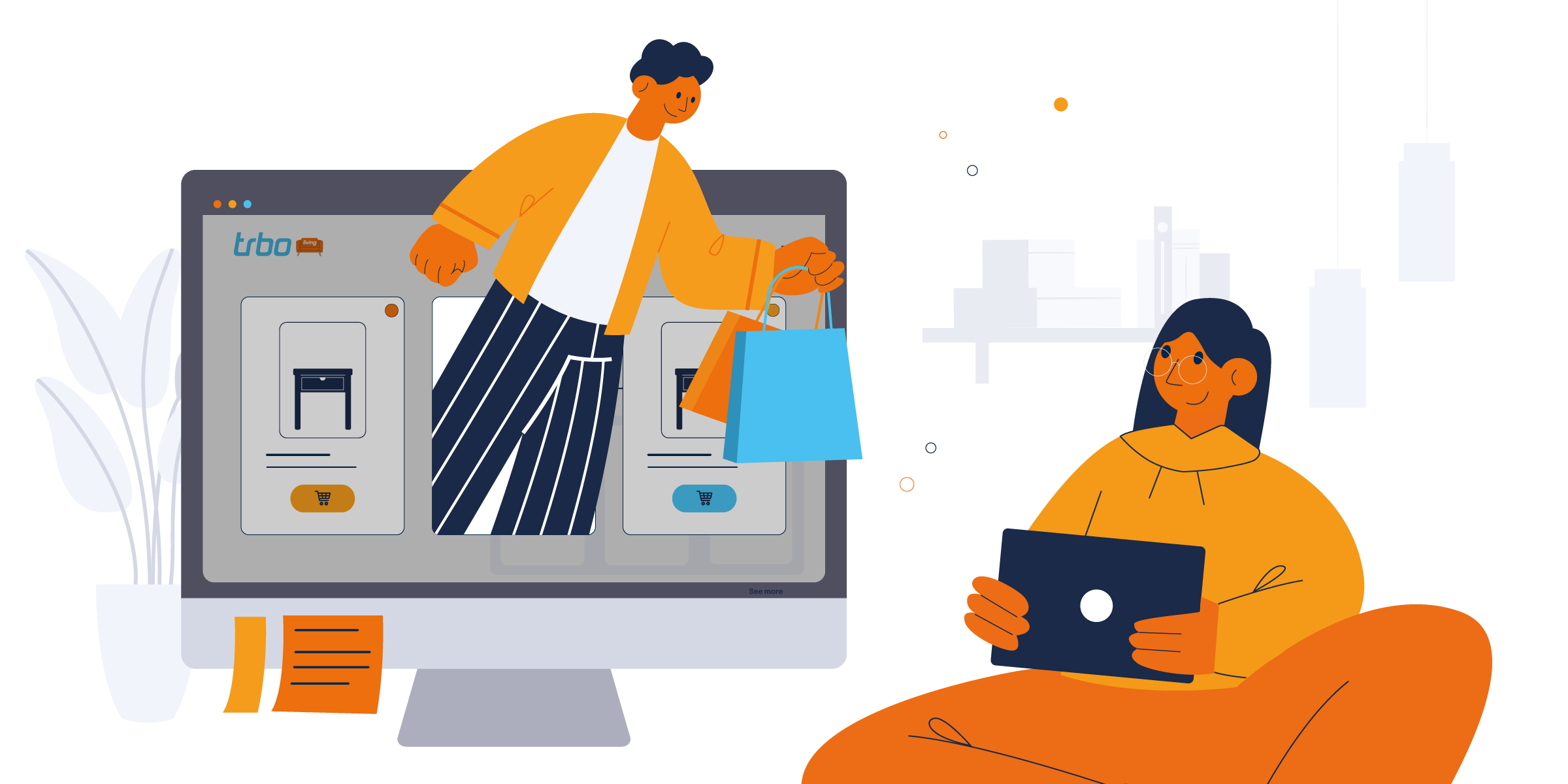When we talk about personalization in e-commerce, many still think of the basics: using a customer’s name in a welcome message, tailoring content based on location, or displaying previously viewed products. But true personalization goes much deeper.
Micro-personalization is about understanding individual behavior at a granular level and using that data to fine-tune each interaction. It’s subtle, contextual, and often invisible to the user, but it can dramatically improve the customer experience.
Let’s break down what micro-personalization is, why it’s important, and how you can use it to make an impact across the entire user journey.
What Is Micro-Personalization?
Micro-personalization refers to real-time personalization based on highly specific data points – often combining behavioral, contextual, and predictive insights.
Unlike basic segmentation (“new vs. returning users” or “location = Germany”), micro-personalization tailors content based on:
- Time of day, device, or browsing context
- Scrolling and clicking behavior
- On-site interactions and engagement patterns
- Entry channel (social ad vs. organic search)
- Emotional or intent-based signals
Instead of grouping users into broad categories, micro-personalization builds moment-to-moment experiences that feel natural, helpful and more human.
Why It Matters
Micro-personalization helps bridge the gap between knowing who someone is and understanding what they need right now. That’s the difference between a generic “You might also like…” and a suggestion that truly anticipates intent.
And in a world where most consumers leave a site because of irrelevant content, these small tweaks can add up to higher engagement rates, lower bounce rates, and stronger brand affinity.
Examples of Micro-Personalization in Action
- Behavioral Recommendations at the Right Time
Example: A user spends more than 90 seconds reading a product detail page, then scrolls back up. Instead of showing generic recommendations, trbo dynamically suggests similar items or matching accessories to keep the momentum going when interest is highest. - Location + Time + Mood
Example: It’s a hot afternoon in Munich, Germany. A user visits an online grocery store after clicking on a newsletter promotion. trbo uses location and time to replace the default home page with a summer theme of iced coffee kits, popsicles, and barbecue bundles – with a banner that reads: “Cool off with our summer picks.” - Click Paths That Shape the Experience
Example: A user navigates through several children’s products without clicking. trbo detects low intent and displays a guided quiz: “Not sure what you need? Let’s find the right products together.” Result: Friction removed, curiosity activated.
How trbo Enables Micro-Personalization
At trbo, micro-personalization isn’t just a feature, it’s how we help brands turn attention into action. Our platform analyzes user signals in real time and adjusts the on-site experience in milliseconds.
With trbo, you can:
- Dynamically adjust banners, CTAs, and product carousels based on scroll depth, time on page, or previous clicks
- Trigger targeted overlays based on inactivity or indecision
- Serve different messages to the same user based on entry channel, segment, and behavior
- Continuously test and optimize these micro-touchpoints with MAB or A/B testing
Best Practices
- Start small: Personalize one element (e.g. homepage banner) based on time or returning users
- Build on behavior: Use session depth and navigation paths to refine relevance
- Combine signals: Don’t rely on just one data point: time + device + click history often tells a richer story
- Don’t overwhelm: Personalization should feel intuitive, not intrusive
- Always test: Micro-personalization is perfect for agile testing – small tweaks, big learning
The Future Is in the Details
The future is in the details it’s not about dramatic change. It’s about small, intentional tweaks that speak to each user’s context, behavior, and needs-in the moment.
With micro-personalization, you’re not just creating better shopping journeys. You’re creating moments that feel uniquely yours, and that’s what keeps users coming back.
